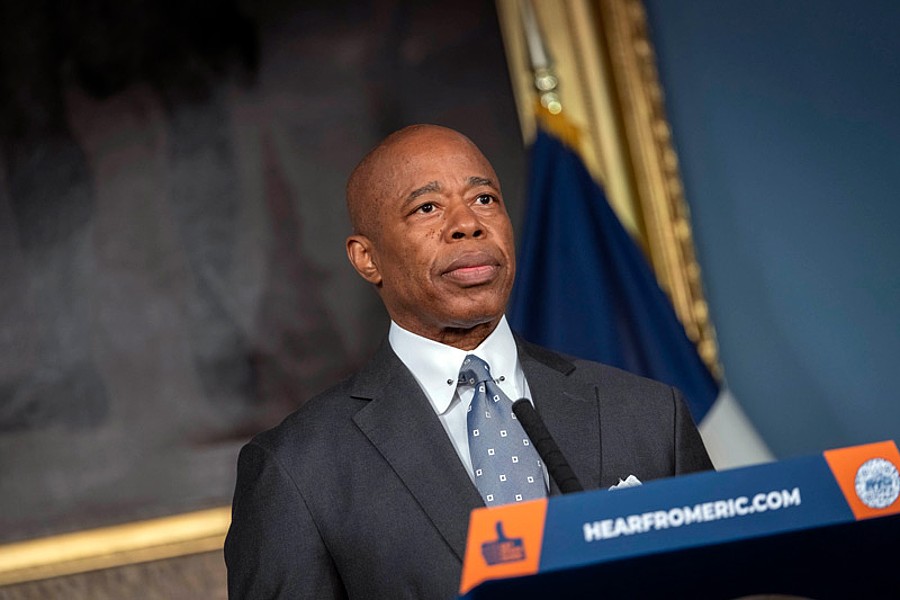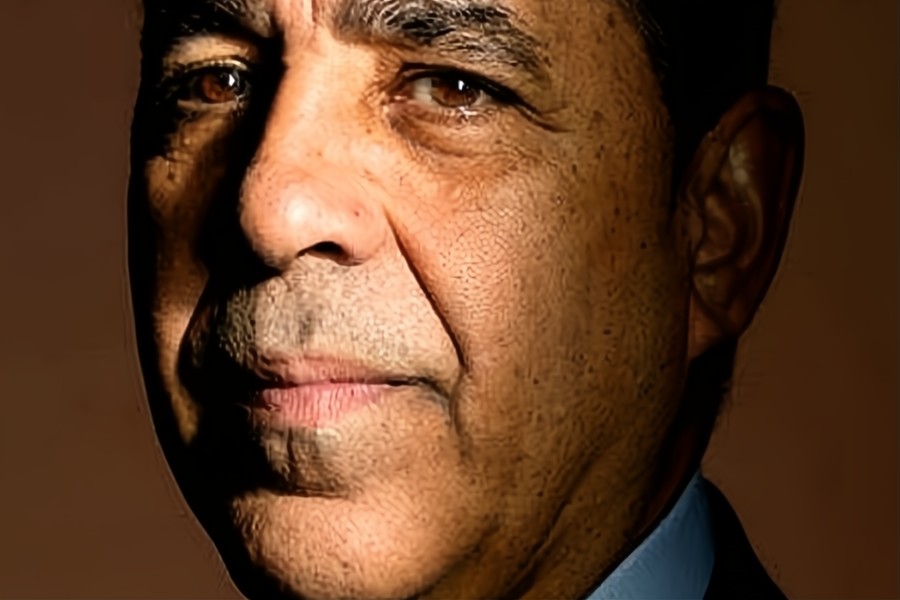The deceased — in life he was a doorman — was on a gurney in the basement. He was naked, as wrinkled as a rhino, and face up on a sheet.
Around him in the clammy room were the tools of his embalmer: the trocar that had emptied out his stomach, the scalpel that had dug into his jugular, the Duotronic/brand name/ injector pump that had given him that vinegary odor from the fluid it put into his veins. He had come to rest at last: here, at the inevitable endpoint, in a small embalming room in Harlem. A necessary place, no doubt, but one whose actuality, whose actual existence the human brain will often keep at bay.
“No one wants to hear about embalming,” said the room’s owner, Isaiah Owens, proprietor of the Owens Funeral Home on Lenox Avenue and 121st Street.
It is Mr. Owens’s belief that people talk only about the pretty things in death — the speeches or the flowers at the funeral — and that to merely say the word “embalming” is uncomfortable because “what it means is that the person’s really dead.”
His embalming room is certainly uncomfortable: a starkly lighted chamber with a tangy iron odor, a silence one can feel, and the subterranean dankness of a crypt. A metal shower head hangs from the ceiling to wash away the occasional toxic spill. Two white marble tables, themselves as stiff as corpses, occupy the center of the floor.
As Mr. Owens likes to say, the most important purchases in life are for your death — and embalming is critical among them. A “straight case,” as he calls it (on a body that was relatively healthy), will cost your survivors in the neighborhood of $400. Those involving hospitals (or medical examiners) will cost them slightly more.
An ancient art, embalming was invented by the Incans and the Egyptians, both of whom, for reasons related to climate, favored making mummies of their dead. Europe came late to the game and had sporadic practice even through the middle 1600s. It is said that the Chinese of the Han Dynasty were experts in the art and that their bodies are perhaps the best preserved.
Today’s embalmers spend two years in mortuary school, where they learn to draw the blood (from any of the body’s six main arteries) and to empty the stomach. As a general rule, 30 minutes is required to fill a corpse with arterial firming fluid, which also adds color to the body. Mr. Owens, a purist, often opts for a brand of Lithol, Index 32, from ESCO (the Embalmers’ Supply Company).
As the process was a mystery, he graciously explained it: First, he said, you scrub the skin, clean the nails, shampoo the hair and massage the limbs to break up rigor mortis. Then you sew the mouth shut and carefully pose the features, as a body will go stiff.
Afterward, you begin to drain the blood and fill the veins with fluid. You remove all food and feces from the stomach and intestines. You aspirate the body with an air pump. It gives the cavities that healthy, rounded look.
At the very end, he said, you wash the corpse again — and this time, check for holes.
“It’s strange,” Mr. Owens mused the other day, “but no one knows how this is done. Everyone should know. It happens to everyone, all around us, every day.”
By then he had returned to his office, where his secretary and accountant worked beside a coffin. It was open. Inside was a corpse.
By for the NYTimes.com
Related articles
Become a Harlem Insider!
By submitting this form, you are consenting to receive marketing emails from: . You can revoke your consent to receive emails at any time by using the SafeUnsubscribe® link, found at the bottom of every email. Emails are serviced by Constant Contact

























